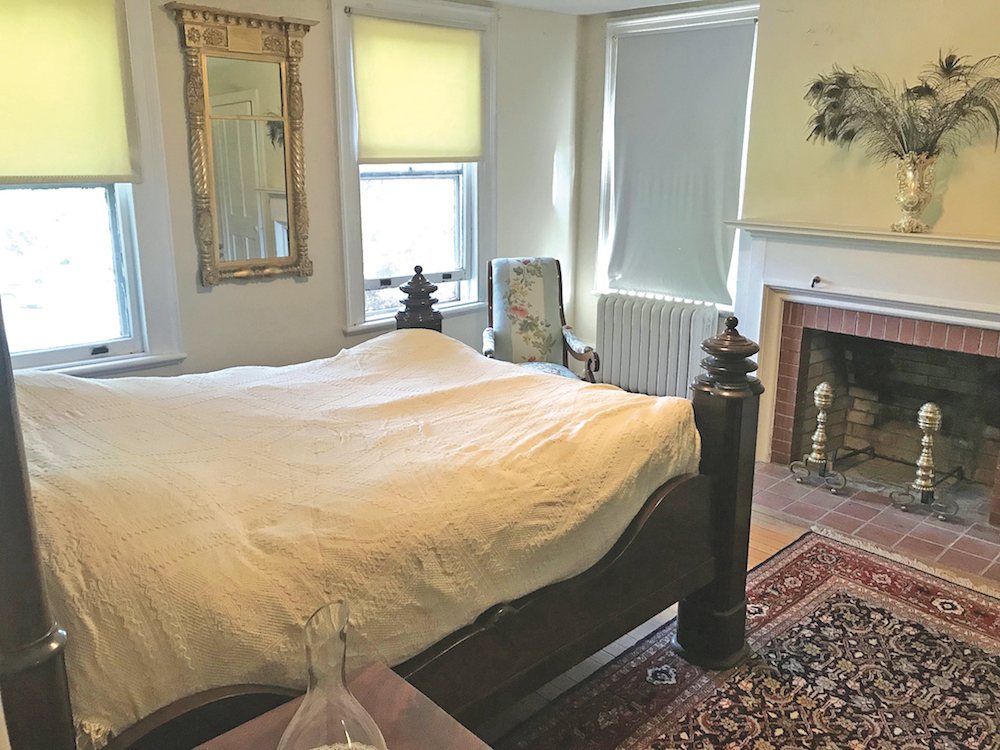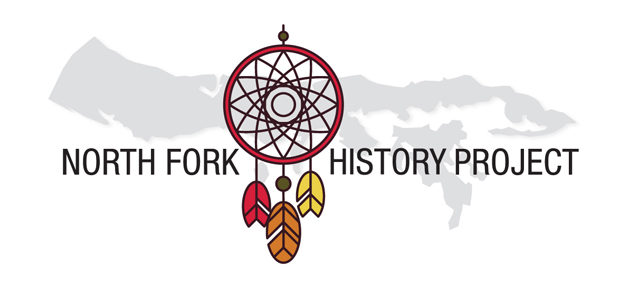North Fork History Project: Murders in 1854 shattered a hamlet

Walking in Sacred Heart Cemetery in Cutchogue, it takes only a few minutes to find the section where Ellen Haggerty was buried. It is near the front of the cemetery, behind the life-sized statue of Jesus hanging on the cross.
Her stone states, simply: Ellen H. Wife of Daniel Haggerty. Died Jan. 7, 1901 Age 82 years.
A short biography for a famous woman.
Ellen Haggerty was born Ellen Holland in County Monaghan, Ireland, probably in 1819. She came to America in the massive wave of Irish immigrants escaping the boot heel of the English occupation of Ireland and a famine that historians say was made worse by the callous inaction of the British government.
By 1850, after four years of food shortages and starvation, she was preparing her way out of Ireland, and the following year she had put aside enough money to book passage aboard the Robert Parker. As told in Murder on Long Island,by Geoffrey K. Fleming and Amy K. Folk, Ms. Holland traveled with her brother, Thomas, landing in New York in December 1851.
Through the New York City offices of a labor exchange for immigrants, she found her way to Cutchogue, where she went to work as a house servant in the home of James and Frances Wickham. They were a prosperous couple, childless – he was in his fifties, she in her thirties – and theirs was the handsome home built in the early 1700s at the top of Wickham Creek, at the end of the pretty lane that runs south from Main Road.
Mr. Wickham’s Cutchogue line went back more than 150 years to Joseph Wickham, who lived in – and probably built – the Old House that now stands on the Village Green. James Wickham had bought the farm on which his house sat just a few years earlier from a farmer named Joseph C. Albertson. Mrs. Wickham was a Post, from Westhampton Beach.

James Wickham’s father, William Wickham Sr., lived on another farm a half-mile to the west. James’ brother was William Wickham Jr., a prominent lawyer who was also the Suffolk County District Attorney. An uncle of James Wickham was John Wickham, who left Cutchogue for law school in Virginia and was a Loyalist during the Revolution. He later gained fame for being the lawyer for Aaron Burr in his infamous trial for treason – he was accused of colluding with a foreign power – in Virginia in 1807.
Burr, who had been Thomas Jefferson’s vice president, and who would later gun down Alexander Hamilton in a duel, was acquitted in that trial.
One of the field hands on James Wickham’s farm was a hothead named Nicholas Behan, who had also fled the Irish famine. He had landed in 1851 aboard the Constellation, and in 1852 made his way to the North Fork, where, perhaps to his disgust, he found himself in a farming hamlet settled by the English two centuries earlier and working for a family with deep English roots and Protestant manners.
Based on the genealogical heritage of the Wickhams and the surnames of other nearby residents – Reeve, Terry, Case, Corwin, Horton, Tuthill, among others – Cutchogue might have seemed to Mr. Behan to be an English village transplanted intact to the New World, populated by the kinds of people he loathed in his home country.
When Mr. Behan was thrust into the public eye in June 1854, the Sag Harbor Correctordescribed him this way: “…six feet in height, broad shoulders, black eyes, and black hair inclined to curl, high cheek bones, and a fast rolling walk; chews tobacco freely, and is in about the twenty-eighth year of his age.”
Based on the mood of the day, on the North Fork and all along the East Coast where millions of Irish men, women and children had landed in the previous two decades, Mr. Behan and his countrymen were not welcome, even as their labor was critically needed.
On eastern Long Island, Mr. Fleming and Ms. Folk write, “…many Irish Catholics were forced to buy land in secret to establish churches. In a number of local villages and hamlets, land had to be sold through a third party and then to church leaders as to avoid complaints from local Protestants.”
According to newspaper accounts – in the New York Herald, and the New York Daily Times, along with eastern Long Island newspapers such as the Corrector– Mr. Behan attempted to have his way with Ms. Holland, who rebuffed him. Unable to take no for an answer, he persisted. She continued to resist, going so far as to complain about his aggressive behavior to Mrs. Wickham. By some accounts, Mrs. Wickham’s role as Ms. Holland’s protector infuriated Mr. Behan.
Making it even more difficult for Ms. Holland, the household and field staff all lived in the house with the Wickhams. She had a bedroom in the attic directly above the Wickham’s bedroom that she shared with another Irish house servant, Catherine Dowd. Another resident of the house was a 14-year old black boy named Stephen Winston, whose biography is tragically slim.
Mr. Behan had a bedroom in the section of the house over the kitchen, so by the very nature of their living arrangements, he was physically close to Ms. Holland. Mr. Behan, after a period of harassing Ms. Holland and, she would later say, stealing $30 from a trunk in her bedroom, took out his anger on Mrs. Wickham.
On Sunday May 27, according to Mr. Fleming and Ms. Folk, Mr. Behan aggressively bumped into Mrs. Wickham one day when he was carrying mattresses out of the house to air them, slamming her into a wall and injuring her.
When her husband returned from New York City the next day, she told this story to him. With a witness, William Betts, who owned a store in Cutchogue, Mr. Wickham fired Mr. Behan, gave him $2 for a train ticket to Brooklyn, paid off a $10 debt he had in the hamlet, and ordered him off the farm.

Mr. Behan walked down the lane to Main Road, then west the half-mile to William Wickham Sr.’s farm, where he spent the night with other Irish field hands.
On Wednesday, May 31, Mr. Behan returned to James Wickham’s farm and demanded he be rehired. Mr. Wickham refused. He demanded a horse, a request Mr. Wickham also refused, telling Mr. Behan he was cruel to horses.
Adding to the tense nature of their encounter, Mr. Behan admitted to robbing the $30 from Ms. Holland’s trunk. Ordered away again, Mr. Behan returned to William Wickham’s farm.
On Thursday June 1, Mr. Behan returned to James Wickham’s farm with a friend named McCarthy and picked up a trunk with his personal belongings. With another friend, he later carried the trunk to the train depot in Cutchogue so he could catch the train to Greenport.
While waiting on the train, the friend would later say, according to Mr. Fleming’s and Ms. Folk’s book, Mr. Behan “threatened in my hearing that he wanted [to] have revenge upon Ellen Holland. Nicholas said in so many words that he intended to ravish Ellen Holland.”
For the Wickhams today, the house, thatroom, the story of what happened a long time ago, is a family story that was almost never discussed. They knew about it, of course, but no one sat around the dinner table going over the details.
“Growing up, no one really talked about it,” said Jonathan Wickham, who was raised on the farm. “People of my grandparents’ generation didn’t talk about things like that.”
This was the first of two parts.
Next: Nicholas Behan returns to the Wickham farm.









